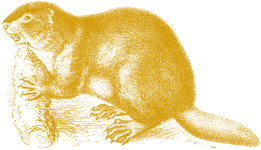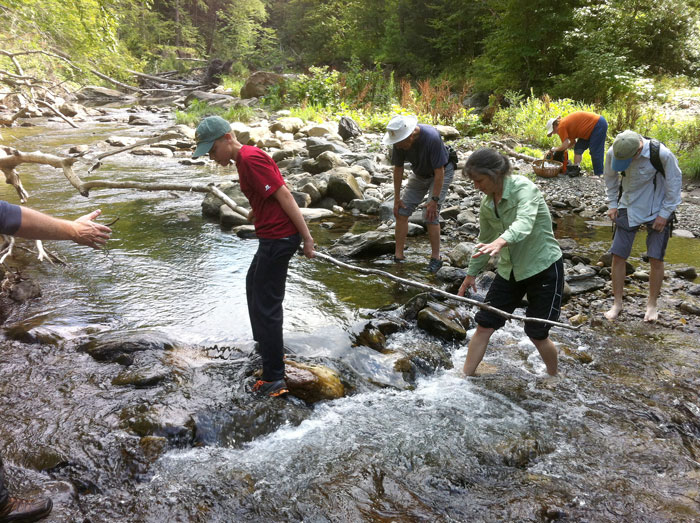Our Partners


Partnership Program
To accomplish its mission, the University of the Wild offers a Partnership Program to similar mission-driven Earth-based organizations, groups, and individuals. Organizational collaboration and cooperation have become the watchword for the ever-expanding international networks that provide Earth-based ecologically sustainable and regenerative programs and services.
Nipmuk Cultural Preservation
Native American cultural preservation and education center adjacent to the University of the Wild. Read More
Contact: Fred Freeman, Chair, NCP, (508) 344-9685 <nippinamos@gmail.com>
Visit: www.facebook.com/nipmukculturalpreservation/
Earthlands Retreat Center
Public and private Earth-based programs and services adjacent to the Unversity of the Wild.
Contact: Craig Newhouse, Program Director, (978) 857-0002 <earthlandsretreat@gmail.com>
Earthwork Programs
Earth-based ancient living skills and community development. Year-round workshops for adults and families; summer camp for kids.
Contact: Frank Grindrod, Founder & Director, 413 340-1161 <frank@earthworkprograms.com>
Visit: www.earthworkprograms.com
Her Wild Roots
Women’s programs for connection to the Earth and sustainable community.
Contact: Jean Bergstrom, Director, 413-367-2842, <blueskyberg1@gmail.com>
Visit: www.herwildroots.com and www.facebook.com/herwildroots/
Greener Earth Fund
Professional resources and training in digital networking and operations.
Contact: Marty Cendroski, Founder and CEO, (201) 232-1536 <greenerearthfund@gmail.com>
Visit: www.greenerearthfund.com.
One People, One Earth
Legacy of African-American heroes and she-roes to abolish injustices.
Contact: Brother Northstar, Founder, (617) 614-7231 <brothernorthstar@gmail.com>Visit: www.brothernorthstar.org
Project Nature Connect
Sensory art and science for education and healing with nature.
Contact: Dr. Michael J. Cohn, Founder and Director. (360) 378-6313 <nature@innerisland.net>
Visit: www.projectnatureconnect.org and www.facebook.com/Project-NatureConnect-267090947411/
Earth and Sky Journeys
Quests and retreats for personal & planetary healing and empowerment.
Contact: Lenore Anderson, 413-695-0942, <lenore@natural-vitality.com>
Visit: www.earthandskyjourneys.com
Applications Pending 2020
1) Outdoor Leadership Program, Greenfield Community College, MA
2) Environmental Studies, Clark University, MA
3) Earth Charter International (UN) Affiliation
4) Earth Alive, NJ
5) River Phoenix Center for Peacemaking, FL
Field Notes
What Is Biomimicry
Biomimicry offers an empathetic, interconnected understanding of how life works and ultimately where we fit in. It is a practice that learns from and mimics the strategies used by species alive today. The goal is to create products, processes, and policies — new ways of living — that solve our greatest design challenges sustainably and in solidarity with all life on earth. We can use biomimicry to not only learn from nature’s wisdom, but also heal ourselves — and this planet — in the process.
Biomimicry Institute
Biomimicry is designing and producing materials, structures, and systems for the modern world that are modeled on designs found in nature which have proven their worth over millennia and are naturally sustainable and regenerative.
Here are some well-known examples of biomimicry; their stories are fascinating and worth googling.
Velcro
The most famous example is Velcro, which was inspired by the burrs on the inventor’s dog.
Termites
A large office building in Africa has a ventilation system modeled after the amazing ventilation system of a termite mound.
Spider Webs
A new bird-safe glass has been developed by scientists studying the UV-reflective strands in spider webs, which they found that birds could see and therefore avoid (which explains why you don’t see birds covered in spider webs).
Shark Skin
The scientists at Speedo developed swimwear for the 2008 Olympics that was based on the skin of sharks. The sharkskin-like suits were so effective that 98% of the medalists were found to have worn them: the technology is now banned from the Olympics.
Kingfishers
A severe noise problem of the original Japanese bullet trains (the shock waves were so severe that tunnels were being damaged) was eliminated when engineers emulated the beak of the kingfisher bird. Kingfishers, it turns out, make no noise when diving into the water to hunt.
Fireflies
Science behind the light of fireflies has vastly improved the light in your LED devices.
Woodpeckers
Scientists and engineers are fascinated with woodpeckers: how can they sustain so much shock? They have four unique structures in their little heads that do the trick, including a semi-elastic beak. Shock-absorbing products are now being developed based on woodpecker technology.
Seed Paper
Sustainable, regenerative eco-products for modern living include products that use the circular systems in nature to recycle waste, such as clothing made from recycled plastic bottles and paper with embedded seeds that can sprout when the paper is discarded.
And a desert beetle
Scientists are working on a bionic leaf that creates hydrogen fuel from sunlight, which will mean cleaner air and less reliance on fossil fuel, and a system for pulling water out of air based on a dime-sized desert beetle.